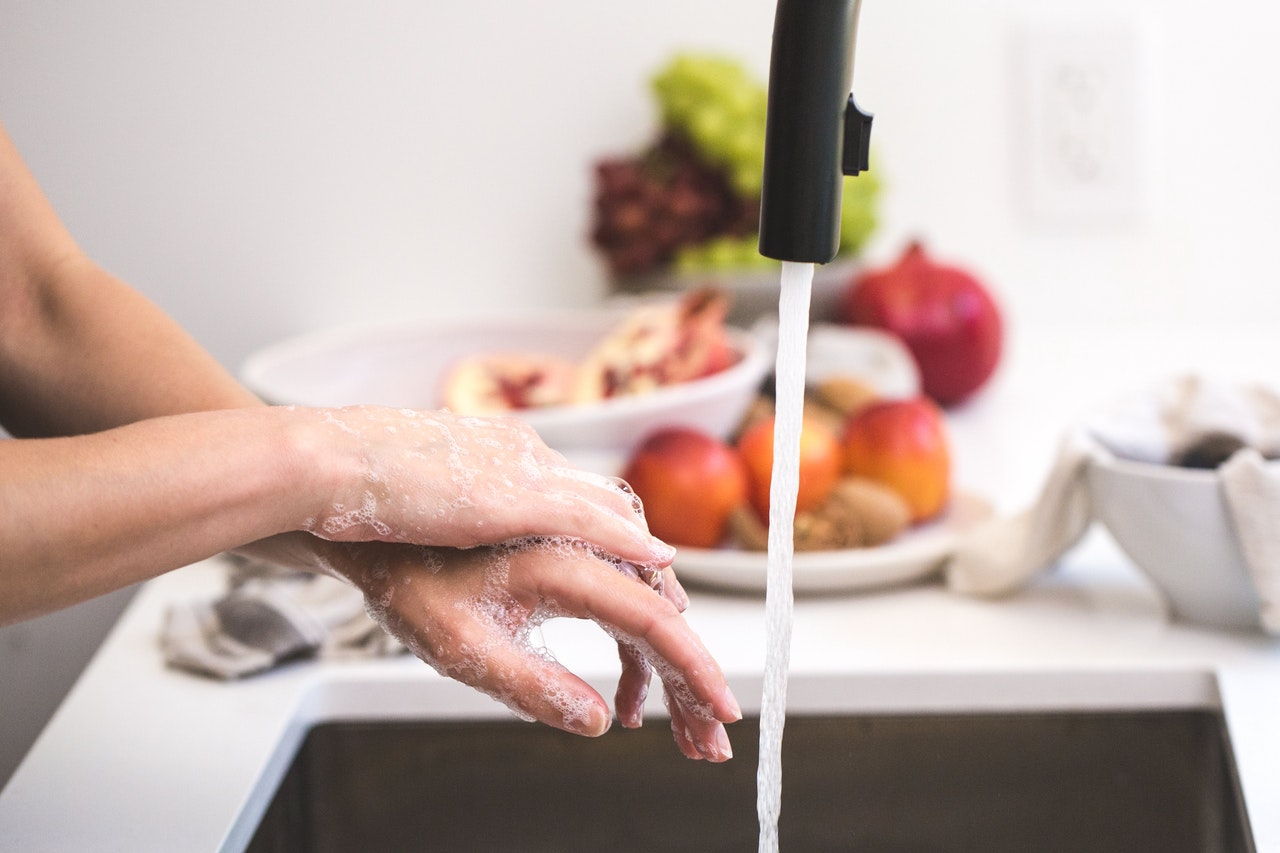 If you live in the first world, it’s likely that you take the quality of your drinking water for granted. However, did you know that most state-sourced water contains uranium, radon, bacteria and traces of arsenic? On the other hand, even if you have a private well, the only way to ensure the safety of this water is through testing on a regular basis.
If you live in the first world, it’s likely that you take the quality of your drinking water for granted. However, did you know that most state-sourced water contains uranium, radon, bacteria and traces of arsenic? On the other hand, even if you have a private well, the only way to ensure the safety of this water is through testing on a regular basis.
But while toxic waters exist, how often should you test your house water?
Simply put, private house water needs to be tested every year for things like nitrates, bacteria and ph levels. Similarly, it’s vitally important to test for other contaminants which may or may not be common in the local environment. With this in mind, it’s important to know that the frequency at which you test this house water will depend on various factors. And in this article, we consider how often you should test house water but first of all, we must also better understand the reason “why” this water needs to be tested at all…
Why House Water Needs to Be Tested Often
The truth is, ground water will change in time and you need to take proactive steps to remove bacteria and contaminants. At the very minimum, annual testing is required for any water treatment system. However, testing this water multiple times throughout the year will also all homeowners to keep record of the water quality. You should also keep in mind that any nearby construction or manufacturing or activity can also severely impact the quality of water and these records are sometimes the only way in which you can not only know the root cause but also go about restoring the original quality.
And how can you know if such a water test is overdue?
Let’s take a look at how it happens and how often you should test your house water.
How Your House Water Becomes Contaminated
The truth is, most people don’t even think about the quality of house water and simply turn on the faucet, and drink away. Ironically, water is essential for survival and the key component that maintains body temperature. Without sufficient water, dehydration is likely and this can cause countless problems that can lead to serious illness. When water is dirty, this can also lead to disease but how might this happen at all?
Well, lakes and rivers can become contaminated with pharmaceuticals, pesticides, cleaning agents and solvents. Unfortunately, these can sometimes find their way into local water supply systems and eventually show up in homes across the state.
Needless to say, the only way to identify these issues is through testing and depending on the circumstances, you might want to test more often than not.
Knowing When to Test Your House Water More Often
Anytime is the right time to test your house water and just because the taste is okay, does not mean the water is safe. For this reason, testing your house water is the only way to ensure there is no bacteria or contamination present. Now that’s not to say a change in odor or appearance is not an indication of poor quality but rather to highlight the importance of regular testing throughout the year. In fact, water that leaves a stain on surfaces or clothing is another obvious sign of poor quality water. What’s more, if members of the household seem to be falling ill for no apparent reason, the quality of house water should be an obvious suspect.
And then there are external issues such as broken septic systems or when you might learn about known problems with the local groundwater. As already mentioned, these are the kind of factors that can severely impact the quality of water and related systems over time.
Things to Keep in Mind About Testing the Quality of Water at Home
Water Report for the State – It should be possible to get hold of the water report for your municipality. In fact, state law says that each municipality should perform regular checks and the results of such tests are to be made available to the public. If you cannot locate the relevant office, these results should be attainable online.
Home Water Test Kit – You should always know what you are testing the water for but a home testing kit can check for certain chemical/contaminants. Most often, this kit will provide strips that react to the presence of these chemicals. For this reason, a home test kit can be a fast and efficient way to test the quality of water in your home. Just so you know, these strips change color and the process takes a matter of minutes.
Lab Testing – Although an expensive option, you can send your water off for testing in a laboratory. As you might expect, this is the most accurate way to test water quality but there is also a waiting time for this one. However, the accuracy of these tests is often accompanied by a report which outlines the associated health risks with the sample. Also, this is an independent effort which means there is no ulterior motive for whatever feedback or information is provided by the laboratory in question.
Final Thoughts
Water testing is most often done by certified companies and these tests should return results which outline the concentration of substances that might be considered contamination. As a rule, there are specific percentages/levels which indicate a problem and the precise treatment will depend on the extent of such issues. For instance, a high quality shampoo is often the best way to alleviate any issues with hard water. Meanwhile, filters and disinfectants can be used to clean a water system, while certain machines might be used to target the root cause of bad quality water. Either way, there are usually steps which can help alleviate any problems with the quality of water.


